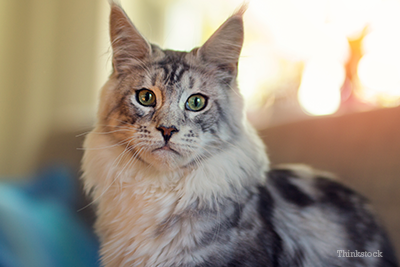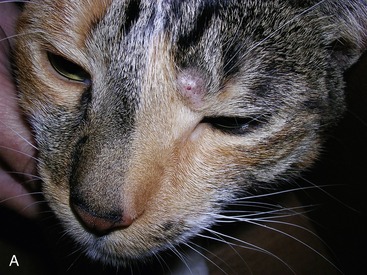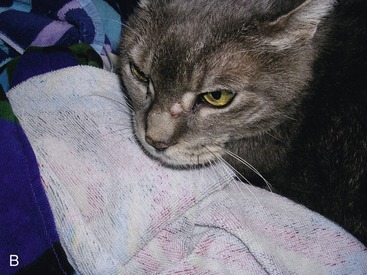mast cell tumor cat neck
It accounts for 8-21 of skin tumors in cats. The clinical signs of feline mast cell tumors depend on the location of the tumor.

A Well Differentiated Mastocytic Type Cutaneous Mast Cell Tumour Mct Download Scientific Diagram
Mast cell tumors typically affect older cats.

. However mast cell gene prognostic and predictive value. Feline mast cell tumors are commonly found in the head neck and limbs. Ad 35 Off Your First Autoship Easy Refills.
What Is a Mast Cell Tumor in Cats. The skin form of the feline mast cell tumor typically arises around the head. Mast cell tumors are also sometimes referred to as.
The most common sites in the dog for mast cell tumors are the skin of the trunk and perineal region 50 and the skin of. Mast cell tumors of the skin cutaneous Approximately 20 of skin masses in cats are cutaneous mast cell tumors and about 90 of those are benign. A mast cell tumor is caused by.
Most mast cell tumors arise in the skin but technically they can arise anywhere that mast cells are found. MCTs are the second most common skin tumor in the cat accounting approximately for 20 of all skin tumors. Connective Tissue Tumors in Cats.
They usually protect a cats body from allergens. Mast cells are a type of cell widely distributed in the body and help in the normal immune response. Mast cell tumors in dogs have different grades or levels of severity and the life expectancy can vary from as little as a few months with an average of 4 to 6 months in a Grade III tumor to.
Cutaneous mast cell neoplasia was diagnosed in 14 cats from January 1975 to September 1985. One study found the average age was 10 years. Age of diagnosis for typical MCTs is 10.
Mast cell tumors MCTs are the second most common skin tumor in cats. External skin mast cell. Unlike the dog the most common locations found in feline patients are the.
The majority of mast cell tumors are found in the head and neck region in the cat. Review of the available medical records and client communication provided information on. Typically they are shiny pink.
Mast cells can reshape the tumour immune microenvironment and greatly affect tumour occurrence and development. They are found primarily in cats older than 4 years old. Mast cells are normal white blood cells found in body tissues like the skin or the spleen.
Mast cells are a type of white blood cell that plays a large role in allergic response through degranulation. Mast cell tumors or mastocytomas are graded according to their location in the skin presence of inflammation and how well they are. Head and neck tumors are relatively common in aging cats.
Cutaneous mast cell tumors present as lumps swellings or lesions in the skin or under the skin usually around the head and neck but sometimes elsewhere. Mast cell tumors may exist in cutaneous or extracutaneous locations. The most common feline breed associated with this disease is the Siamese cat.
A mast cell type and a histiocytic type. Mast cell tumors are notoriously invasive and difficult to treat. In a study that documented skin tumors in 340 cats 26 were identified as basal cell tumors 21 mast cell tumors 15 squamous cell carcinoma and 15 fibrosarcoma.
In cats mast cells typically develop on the head and neck especially around the base of the ears. Mast cell tumours commonly affect the skin the spleen in the abdomen. Surgical tumor removal in cats is the removal of a growth of cells from the cats body.
Two distinct variants occur. Hepatomegaly enlarged liver Anemia 14-70 Mastocytosis 31-100 When a cat presents alterations in the spleen such as an increase in size nodules or anything. Feline mast cell disease is different from mast cell tumors found in canine patients.
If your cat has cutaneous mast cell. Understanding the differential diagnoses in this anatomic area is crucial as the diagnostic and therapeutic. The mast cell type is most common.
In dogs mast cells can develop anywhere and even appear like discolored. Mast cell tumors have a tendency to affect older cats over 10 years of age and are especially prevalent in Siamese cat breeds. Mast cell tumor cat life expectancy.
A tumor is an accumulation of cells that have begun rapidly dividing in a localized area for unknown. Cervical Neck Disk Disease in Dogs and Cats. They may develop anywhere.
Mcts are the most common splenic tumor second most. Feline mast cell tumors are commonly found in the head neck and limbs. Mast cell tumors MCT can occur in the skin spleen or gastrointestinal tract of.

Mast Cell Tumors Veterinarian In Montgomery Al Animal Hospital Of Montgomery

Mast Cell Tumors In Cats Symptoms Diagnosis Treatment All About Cats

Mast Cell Tumors In Cats Symptoms Causes And Treatments

Feline Mast Cell Tumours Blackwood 2015 In Practice Wiley Online Library
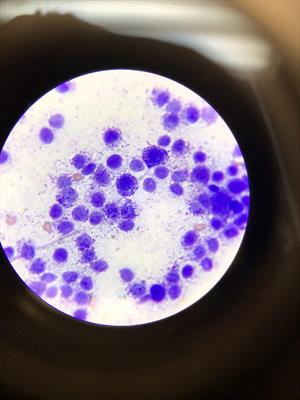
Mast Cell Tumors In Dogs And Cats Veterinary Partner Vin

Figure 3 From Mast Cell Tumors In Cats Semantic Scholar
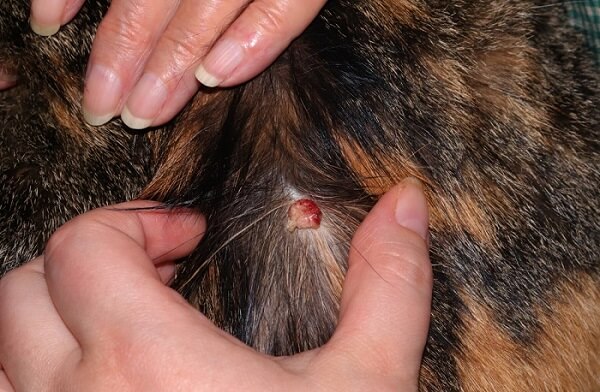
Skin Tumours Histiocytoma In Cats Causes Symptoms Treatment All About Cats

Mast Cell Tumor In Cats Causes And Treatment Of Mastocytoma In Cats
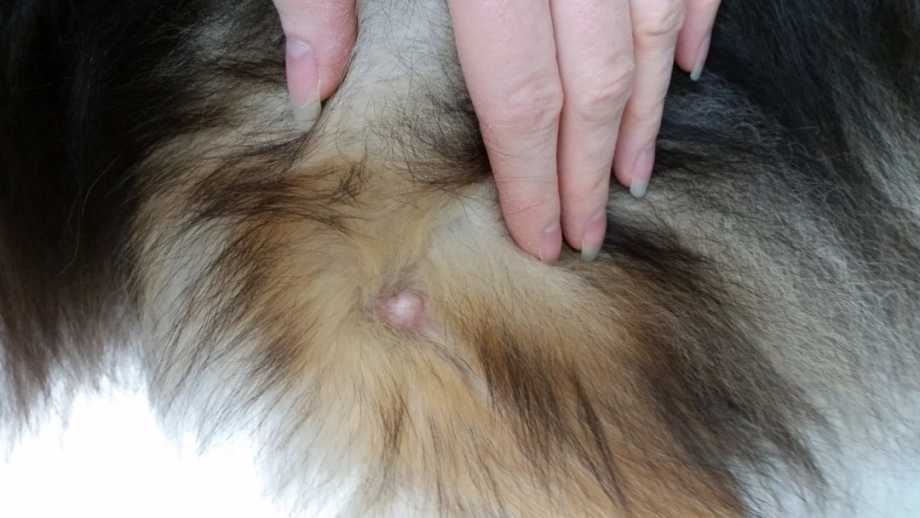
Mast Cell Tumors Mastocytomas In Dogs Small Door Veterinary

Animal Surgical Center Of Michigan Veterinarian In Flint Mi

Figure 3 From Mast Cell Tumors In Cats Semantic Scholar
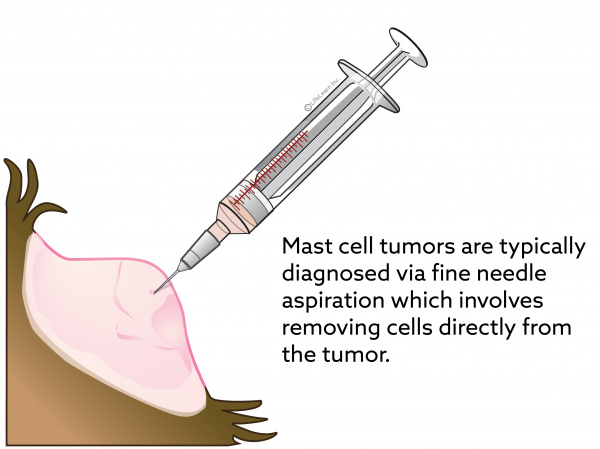
Mast Cell Tumors In Cats Vca Animal Hospital

Mast Cell Tumors Veterinarian In Montgomery Al Animal Hospital Of Montgomery

Diagnosis And Treatment Of A Feline Oral Mast Cell Tumor Sciencedirect

